In the ever-evolving landscape of web security, the balance between robust protection and user experience is crucial. Two prominent solutions that address this balance are Photolok and reCAPTCHA. Both offer innovative approaches to securing websites from malicious activities, but they differ significantly in their methods and user interactions. This article explores the key features, advantages, and limitations of Photolok and reCAPTCHA, helping web developers and administrators make informed decisions about their web security strategies.
Understanding Photolok and reCAPTCHA
Photolok is a relatively new entrant in the web security space, offering an image-based authentication system. It leverages the human ability to recognize and differentiate between images to distinguish legitimate users from bots. Users are presented with a series of images and asked to identify or select specific ones based on given criteria, such as picking all the images with a particular object or theme. This method is intuitive and taps into innate human visual recognition skills.
reCAPTCHA, developed by Google, is a well-established tool widely used across the internet. It offers various versions, from simple text recognition tasks to more advanced, invisible challenges that run in the background, analyzing user behavior to determine whether they are human. reCAPTCHA’s latest versions, such as reCAPTCHA v3, aim to be less intrusive by scoring user interactions without interrupting the user experience with visible challenges.
Comparing Features and User Experience
- Ease of Use:
- Photolok: Its image-based approach is straightforward and generally well-received by users, especially those who may struggle with text-based challenges. The visual nature of the task can be more engaging and less frustrating.
- reCAPTCHA: While earlier versions required users to solve text puzzles or identify objects in images, newer versions like reCAPTCHA v3 are designed to be invisible, running seamlessly in the background. This enhances the user experience by reducing interruptions.
- Security:
- Photolok: The image-based system provides a strong defense against bots, as recognizing and selecting images is a complex task for automated scripts. However, its security relies on the uniqueness and variability of the image sets used.
- reCAPTCHA: Known for its robust security, reCAPTCHA leverages Google’s advanced machine learning algorithms to detect suspicious behavior. Its widespread adoption and continuous updates make it a formidable barrier against automated attacks.
- Accessibility:
- Photolok: The visual nature of Photolok can be a double-edged sword. While it is accessible to users with dyslexia or other text-related challenges, it may pose difficulties for visually impaired users unless paired with alternative methods.
- reCAPTCHA: Google has made significant strides in making reCAPTCHA accessible, including audio challenges for visually impaired users. However, even these can present challenges for some users with disabilities.
- Implementation:
- Photolok: Integrating Photolok into a website involves embedding its widget and configuring the image sets and criteria. It requires minimal maintenance once set up.
- reCAPTCHA: Implementing reCAPTCHA is straightforward, thanks to Google’s comprehensive documentation and support. It involves adding a script and configuring site and secret keys. Continuous updates ensure it stays ahead of emerging threats.
Pros and Cons
Photolok:
- Pros:
- User-friendly and engaging
- Effective against bots with advanced image recognition
- Minimal interruptions for legitimate users
- Cons:
- Potential accessibility issues for visually impaired users
- Relatively new and less widely adopted, which might affect trust
reCAPTCHA:
- Pros:
- Strong, proven security
- Continuous updates and improvements
- Various versions to suit different needs and levels of user interruption
- Cons:
- Can be intrusive if not using the invisible version
- Audio challenges can still be difficult for some users
Conclusion
Choosing between Photolok and reCAPTCHA depends on the specific needs and context of your website. If user experience and minimal intrusion are priorities, Photolok’s image-based authentication might be the right choice. On the other hand, if you need a proven, robust solution with extensive support and continuous updates, reCAPTCHA remains a leading option.Ultimately, both tools offer valuable features that enhance web security while striving to maintain a positive user experience. By understanding their strengths and limitations, web developers can make informed decisions to protect their sites from malicious activities effectively.
Have A Look :-
- How To Start A Photography Business?
- How To Start A Daycare Business?
- Top 20 Small Business Ideas For Beginners In 2023
Featured Image Source :- https://tinyurl.com/2nmymj9t


